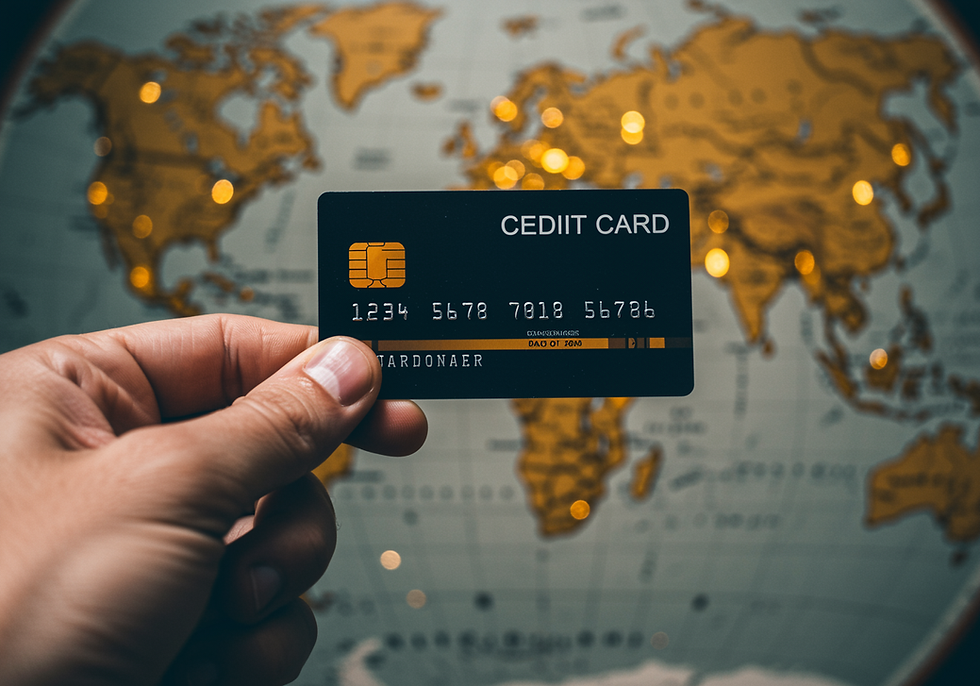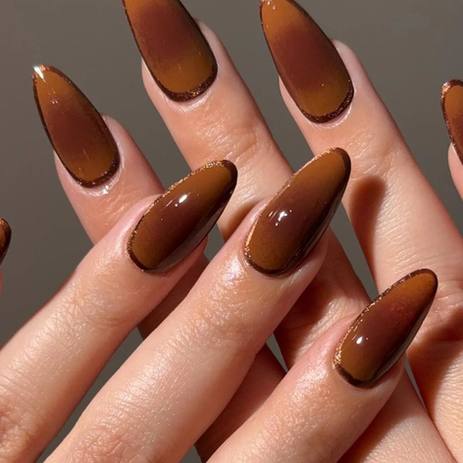From Illustration to Film: The Story of Courtney Hodgson
- BY MUFARO MHARIWA

- Sep 1, 2025
- 4 min read

Courtney is confident, ambitious, and multi-faceted. She jokes that she’s “delusional,” but it quickly becomes clear that what she really is, is a go-getter—driven, hardworking, and full of vision. She has built herself as a photographer and graphic designer, but filmmaking has always been close at hand.
“Artists are multi-faceted, and we can’t be boxed into niches,” she tells me. “So, though I am a photographer and graphic designer, filmmaking was never far from me. If someone shows me how to do something, I can learn it too.”
For Courtney, inspiration is both personal and divine. She believes that the ideas she carries are given to her by God, and her role is simply to bring them into being. “God puts ideas into us, and it’s our job to bring them out the best way we know how,” she explains. “So all the ideas I’ve had have been from God.”

She also has a disciplined approach to making things happen. “There’s always time to do the things that you want to do. You just have to make the time,” she says. “Even if I don’t have time, it needs to happen. Like, you need to make time.”
One such idea was Checkmate, her short film about gender-based violence. Inspired by her own story, Checkmate began as a university project but grew far beyond its initial scope. She planned everything meticulously, down to the shoot at Constitution Hill. But on the day, nothing went according to plan.
“I didn’t ask for permission to shoot my film there,” she admits with a laugh. “Everything worked out in the end, but at first, it was tough. We were in a dark place underground, and we needed a generator for the lights. Then the fuel ran out, and we had to stop shooting that day.”
Despite the setbacks, the symbolism of the location became powerful in its own right. “We worked on the film under the law; literally under Constitutional Hill, in the parking lot. And it symbolised how things like gender-based violence happen under the law, and how it affects people below.”

Even navigating permissions and rights didn’t slow her down. “At first I was like, okay, I can’t use Soweto Gospel Choir song. Then I was like, I need to re-record it… Mind you, I only had five weeks to do this. I emailed them and they said, ‘We believe in your vision. You’re more than welcome to use the song.’”
Courtney also draws on her community when making films. “Calling on friends, like Jarred Karp, who’s a cinematographer and a good friend, helped immensely. You don’t need to hire some fancy schmancy people. Even if we were in Constitutional Hill’s parking lot with my iPhone and a torch, we would have shot it. You make a plan with whatever you have.”
The finished work has been widely praised. Checkmate has aired on SABC and been picked up by multiple outlets, resonating with audiences everywhere. Its impact has been deeply personal too. “My dad messaged me after watching the film and told me he shed a tear,” Courtney shares. “Every single time we’ve screened it, someone has cried. Even me, I’ve watched it so many times while editing, but it still gets me.”
She goes on to describe the imagery behind the film: a character walking through illustrated projections of South Africa’s most notorious GBV murder sites. “I did this long illustration of different locations where some of South Africa’s main gender-based violence murders occurred. The character walks through that world. At each point it highlights the murder that happened, what happened to the woman, and we put her name there. It was really about empowering those narratives too.”
For Courtney, filmmaking is more immediate in its emotional power than other art forms she has worked in. “When you make an illustration, you don’t get that immediate feedback from people about how they feel. But with film, it’s right there, you can see how it touches people’s hearts. That’s been so rewarding.”
If I see someone do it, I know I can learn it too
At the heart of her work is the understanding that her story is never just her own. “As much as Checkmate is rooted in my story, my story is not a one-man island,” she says. “It’s about showing how we’re endless together, actually. We’re all kind of struggling with this too.”
Courtney is also candid about the culture of victim-blaming in South Africa. “Victim blaming doesn’t just happen with people blaming the victim. It’s also the victim blaming themselves… at the end of the day, people just shouldn’t be perpetrators in the first place,” she says.
Filmmaking may be her current path, but her creative reach is limitless. She’s already thinking ahead to her next project: a film about third culture kids in South Africa. “I’m interviewing third culture kids from around the country. I’m a first-generation South African on my mom’s side. Growing up, I went to a school where I was the only white person in my class, and I realised that so many South African youth are third culture kids. This project is really allowing people to tell their own stories.”
Even as she looks to the future, Courtney’s approach remains grounded in courage, community, and faith. “If I see someone do it, I know I can learn it too,” she reminds me. Courtney’s laughter and energy bubble through even as she reflects on heavy themes. She is talented, courageous, and intelligent, with a sharp humour that makes her both disarmingly relatable and undeniably powerful. And perhaps that is what makes her stand out most: her refusal to be boxed in, her belief that art is divine, and her certainty that stories, whether painful or hopeful, are always worth telling.






























































